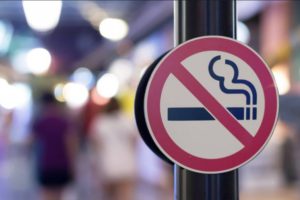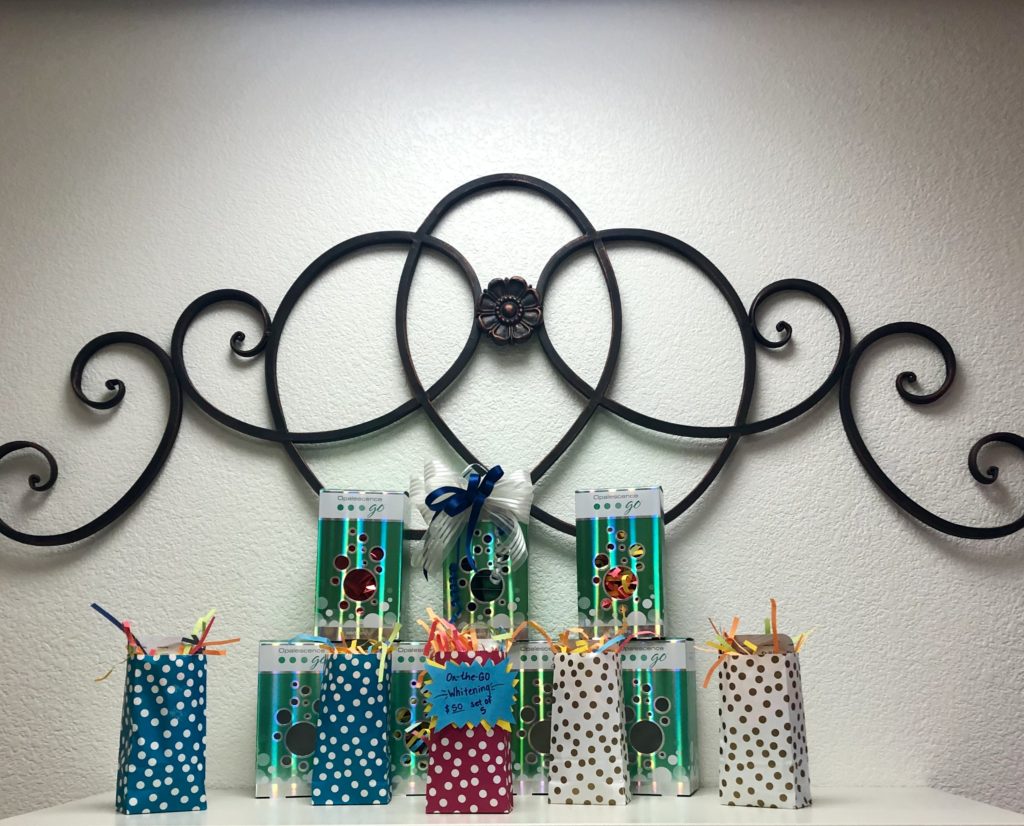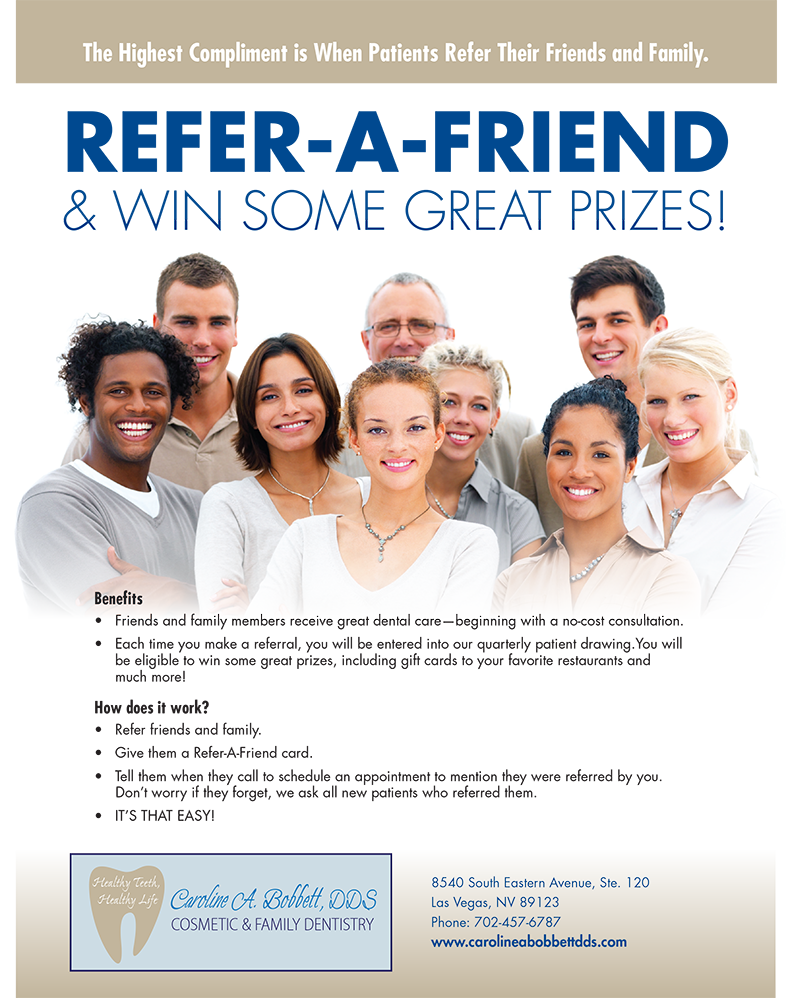Dental Blog
Got a cold sore?You’ve come to the right pageFinding which cold sore treatment works best for you can help speed along its healing.What if it’s NOT a cold sore??Let’s clear the air about what a cold sore is and isn’t.Cold sores are contagious blisters that usually appear on your lips or around your mouth. Caused by a virus, cold sores usually start with a tingling sensation, evolve into numerous tiny, painful blisters, and later crust over.Canker sores, on the other hand, aren’t contagious, but they still sting. Unlike cold sores, they usually appear as whole oval lesions inside your mouth, especially near or on your gums.Remedies for Cold SoresThe key to treating a cold sore is acting fast. As soon as the first symptom appears, consider these steps to move the healing process along quickly:-Apply ice to the cold soreGrab an ice cube, wrap it in a paper towel, place it where you feel the cold sore coming on, and let it melt. Back-to-back applications can help reduce pain.-Switch to a cold-sore-fighting dietYou can boost you immune system’s fight against this viral nuisance with the right foods. Fill your plate with cruciferous vegetables, like broccoli, kale, and cauliflower, and avoid foods with arginine, a cold-sore-triggering amino acid found in nuts, chocolate, and oats.-Dial down the stressOne of the most common causes of cold sores is STRESS! Minimizing stress these days can get so complicated that it causes more stress, right? But try giving yourself some time for the restorative, restful activities that drop your heart rate and raise your smile.-Reach for Aloe Vera or even Over-the-Counter Cream.Both natural and medicinal creams have shown promise as cold sore remedies. Some studies suggest that aloe vera can help the fever blister heal, and over-the-counter creams, like docosanol, also tout their ability to knock the sore out of cold sores. Check with your healthcare provider or pharmacist before using it.-Relieve pain with Acetaminophen or IbuprofenSome cold sores can get really painful. Fore those intense ones, acetaminophen or ibuprofen may provide well-needed relief.If your are have any questions, concerns, or feel like you need some extra TLC give a call and schedule an exam with Dr. Bobbett
Ever look at a photo of yourself from only a few years ago and ask yourself, “Huh, were my teeth a bit brighter back then?” We do.
Coffee and red wine usually get the blame for teeth discoloration, but several other causes may be the culprit.
Common Reasons for Tooth Discoloration:
Spotty Dental Routine – We’re definitely a little biased at Dr. Bobbett’s but if you don’t brush and floss regularly, plaque can harden into tarter, leaving a yellow-brown color along your gum line.
Diet – Believe it or not biting into a juicy and crisp apple can cause your teeth to stain. Besides coffee and red wine, a few of the top offenders include tea, berries, grapes, tomatoes, soy sauces, soda, dark juices, and white wine.
Tobacco Use – Smoking and chewing tobacco can cause a slew of health issues, the least worrisome of which is yellow teeth. That said, it’s one of the most common aesthetic complaints among tobacco users.
Too Much Fluoride – Fluoride is a good thing, but like all good things, too much of it isn’t recommended. Consuming too much of it, like in tap water or through dental care products (like mouthwash), can leave streaks across or a brown outline on your teeth.
Enamel Decay – Enamel is that hard shell that protects the inside of your tooth. But if it decays or doesn’t fully develop, you may see a variety of stains and changes, including pits, white spots, or yellow-brown streaks. If you suspect decay, schedule an appointment with us ASAP.
What Helps Prevent Stain – Pardon our sounding like a broken record, but generally, the one great way to prevent teeth discoloration is to take exquisite care of your teeth and your health. Here are some of our favorite measures you can take right away to keep your teeth bright:
-Brush after eating or drinking
-Floss dialy
-Pass on the sugary foods and drinks
-Add calcium to your diet
-Nix tobacco use
What to do you when you have a cracked tooth.
Chomp down on something your tooth didn’t like?
If you think you may have a cracked tooth, or if you’re holding a piece of your tooth in your hand follow these steps!
- Give us a call to schedule an appointment or click the “request an appointment” link above. Let us know about your emergency and we will make our best effort to see you right away.
- If there are tooth fragments that have fallen out, preserve them in a clean container with a moist solution (cold milk, water, saliva) and bring them in to your appointment.
- Apply a cold pack to your jaw to lessen any pain and swelling.
- If bleeding, bite down on gauze pad until bleeding stops.
It’s possible to have a cracked tooth and not know it.
If you have any pain when biting down, or when eating something hot or cold, it’s best to get it checked out.
In order to prevent further damage to the tooth or an infection, it’s very important to correct a cracked tooth immediately.
Most people have heard of “plaque,” and know it’s not something you want on your teeth. Yet, they don’t know what exactly plaque is or how it contributes to dental decay.
Plaque is a sticky, colorless film of bacteria that lives on the surface of your teeth and along the gum line. It accumulates from normal daily activities such as eating and drinking, especially if you’ve been consuming a lot of sugars and starches.
Ever had that fuzzy feeling on your teeth that goes away after you give them a good brush?
Yep, that’s plaque.
Plaque is what contributes to dental decay, as bacteria like to consume the sugars in your mouth and excrete acids that wear away at your tooth enamel.
When you don’t regularly brush and floss away plaque, it forms tarter. Tarter is the calcified substance on your teeth that only a professional can remove.
To regularly remove plaque:
- Brush thoroughly with fluoride toothpaste at least twice a day.
- Floss at least once a day to remove plaque that your brush can’t reach.
- Visit us for your regular dental cleanings
Proper Brushing FAQs
Mouth open or closed?
After Lunch or after dinner?
We Brush our teeth every day (hopefully!), but who knew it was this complicated. Just grab a brush and get to work, right?
Not so fast, my friends! There are actually some best practices to be mindful of when brushing those pearly whites.
The trick is cutting through the fat and finding out exactly what works. We live in a world of alternate facts, truthiness, and lists of “7 ways to keep your teeth clean without picking up a tooth brush.” What’s even correct these days?!
Fear not, because we’ve got you covered with this handy FAQ guide. We’ll keep it simple with some easy Do’s and Don’ts of brushing.
Proper Brushing Habits
DONT: keep your brush flat
DO: Use a 45-degree angle when brushing
DONT: Use long strokes. No need to cover your whole mouth on one stroke.
DO: Use short, side to side strokes.
DONT: Brush with the force of a great typhoon.
DO: Gently cover all areas. A gentle touch helps prevent wear and tear on your enamel.
DONT: Go one and done
DO: Brush at least twice a day, especially after eating or drinking something acidic (like citris or soda)
DONT: Be sentimental and use the same toothbrush for life
DO: Change your toothbrush every 3-4 mo. A trick to remember: switch out on the forst day of each season.
DONT: Be average – the average person brushed their teeth for 45 seconds.
DO: Brush for a full 2 minutes. A helpful trick: say the alaphabet while brushing a certain section, move to the next section after you hit “z”.
DONT: keep your toothbrush in a closed container
DO: Allow your toothbrush to air dry.
DONT: Store your toothbrush on the sink counter where bathroom particles can get on it.
DO: Store your toothbrush in the medicine cabinet.
DONT: Wield a tough-bristled brush.
DO: Use a soft bristled brush, which is much better for your tooth enamel.
And there we have it! Some easy practices to keep that perfect smile. Remember: Brushing is only 4 minutes out of the day, so why not make it the best 4 minutes of the day.
How to Know if You Have a Cavity
According to the National Institutes of Health, the most prevalent health condition after the common cold is tooth decay.
It’s more than likely that if you haven’t already had a cavity , you will develope at leaste one in your lifetime.
So, how do you know if you have a cavity? Well, depending on the severity of your tooth decay, you may experience a variety of symptoms. Here are some accompanying symptoms that go along with tooth decay:
- A toothache or spontaneous tooth pain.
- Tooth sensitivity
- Pain (slight or severe) when eating something sweet, hot, or cold
- Staining (brown, black or white) on the surface of your tooth.
- Visible holes in your tooth. Those holes are cavaties
- Pain when biting
The best time to catch a cavity is in the early stages, when there are few, if any symptoms. Keeping your twice (or more) yearly visits will with us will ensure we catch them in time. Schedule in appointment at our office by calling, emailing, or by requesting an appointment by clicking on “request appoinment” on the top right of this webpage.
Kicking the Tobacco Habit is Good For Your Mouth

While the current percentage of Americans who smoke cigarettes is the lowest it’s been in decades, those whoe continue the habit remain at risk for heart and lung desease. Additionally, while we know smoking is also bad for our oral health, most don’t understand just how bad it is.
More Than Just Stained Teeth
From its seemingly mild side effects (bad breath, tooth discoloration, buildup of plaque, and tarter), to the more sinister (increased risk of oral cancer, loss of bone in the jaw, gum disease, and any number of resulting complications) -tabacco is indeed an oral health risk. Tabacoo can cause serious health issues by breaking down the attachement of bone and soft tissue to your teeth. Because of this breakdown, the use of tabacco makes smokers much more susceptible to infection and diseases. 90% of people who have cancer of the mouth, throat, or gums admit to using tabacco in some form.
Cigarettes, cigars, and pipes aren’t the only culprit; smokeless tabacco can be just as detrimental to oral health, if not worse. In fact, there are twenty-eight chemicals found in chewing tabacco alone that are proven to increase the risk of cancer in the mouth, throat, and esophagus. Chewing tabacco and snuff contain higher levels of nicotine than those found in cigarettes and other tobacco products, making it exposes the roots, and ultimately makes teeth moroe susceptible to decay.
Help is Just Next Door
The only way to help eliminate these risks is to never start using tobacco products, or to quit if you do. Simply reducing tobacco use is proven to help lower your risks. If you feel that it is time to reduce your risk of cancer, gum disease, infecction and other oral complications, your dentist or doctor can help you create a plan to help you quit using tobacco, along with prescribing certain medicines or programs to help you kick the habit.
Remember, it is never too late to quit. If you are interested in getting help let Dr. Bobbett and our staff know at your next appointment.

The Why, When, How and
Where of Tongue Scraping
Imagine it’s still winter … you’re standing at the door, ready to brave the cold. You’re layered-up
with three shirts and a sweatshirt, your heavy winter coat, and two layers of socks underneath
your waterproof winter boots. Then you’ve got those awesome jeans with the flannel on the
inside, your comfy hat, scarf, and gloves. You’re set! But wait. As you step toward the door, you
suddenly realize you have an itch … and it’s deep down … buried beneath all those layers. And,
try as you may, every attempt to reach that bugger-of-an-itch fails. Defeated, you realize the
only relief you’re ever gonna’ get is to remove each one of those layers. Where are we going with this?!
The Tongue
We’re going inside your mouth, of course, to your tongue – this is a dental article, after all!
Because whether you know it or not, like you in the wintertime, your tongue is also “all covered
up” – buried beneath layers of bacteria, fungi, and food residue that can inhibit your ability to
taste, let alone cause your tongue to appear various shades of yellow, white, or green! Remove
the bacteria, though, and your food will once again directly interact with those taste buds, and
return to its natural hue. So how does one do that? With a tongue scraper, of course!
WHAT is a tongue scraper?
A tongue scraper is a U-shaped device designed to “scrape” the top layer of scum from your tongue.
They have been in use since ancient times, and have been made of everything from wood to whalebone.
Nowadays, they are made of more hygienic material, and come in a
variety of shapes, sizes, designs and colors.
WHY use a tongue scraper?
The residue on your tongue includes things like the cavity-inducing Streptococcus mutans
bacterium, fungi, rotting food (that’s not good), and what’s referred to as “volatile sulfur
compounds.” In other words, sulfur – that “rotting egg smell.” Talk about ew! So, as you can see,
there are several reasons why you’d want to get rid of this gunk in your mouth. Let’s tackle
them one by one:
• Reduce bad breath: ‘nuff said!
• Reduce your risk of periodontal disease and cavities: Bad bacteria contribute to plaque
and tartar on teeth, making them more susceptible to cavities. Bacteria build-up can also lead
to inflammation of gum tissue (gingivitis). If left untreated, gingivitis can lead to periodontal
disease, which means a more expensive dental visit (plus other unwanted consequences!).
Speaking of avoiding an expensive dental visit, when was the last time you came in to see us?
Come see us now if it’s been awhile, by calling in at 702.457.6787
• Make room for good bacteria: see our article here on probiotics for your mouth.
• Make room for good bacteria: see our article here on probiotics for your mouth.
• Prevent heart disease? While the debate is still up in the air, some studies suggest there
could be a correlation between gum disease and heart disease.
HOW does one use a tongue scraper?
In general, make sure to rinse your tongue scraper before and after use. Apply the tongue
scraper to the back of your tongue and drag it forward. Then, rinse and repeat. Make sure to
get the sides of your tongue as well, not just the center!
Make sure not to press too hard or you can cause yourself to bleed. And, if you’re wondering if
you should scrape your tongue while recovering from a dental procedure, that’s a good
question … ask your dentist for the best advice particular to your situation. Still not sure how
this thing really works? The next time you’re in ask Dr. Bobbett for a
quick tutorial!
WHERE do I buy one?
Tongue scrapers are relatively inexpensive, and can also be found at any local drugstore. It doesn’t matter the material, color, or brand – just find the one you like
and get scraping!
President’s Day 2019

‘Opalescence Go, the easiest, fastest, and best-tasting way to brighten your smile. Offering Professional results in the convenience of pre-loaded disposable trays.’ We are in stock! Purchase a 5 or 10 pack today and receive a complimentary Opalesence Whitening Toothpaste while suplies lasts.
Refer A Friend
The highest compliment is when patients refer their friends and family.





